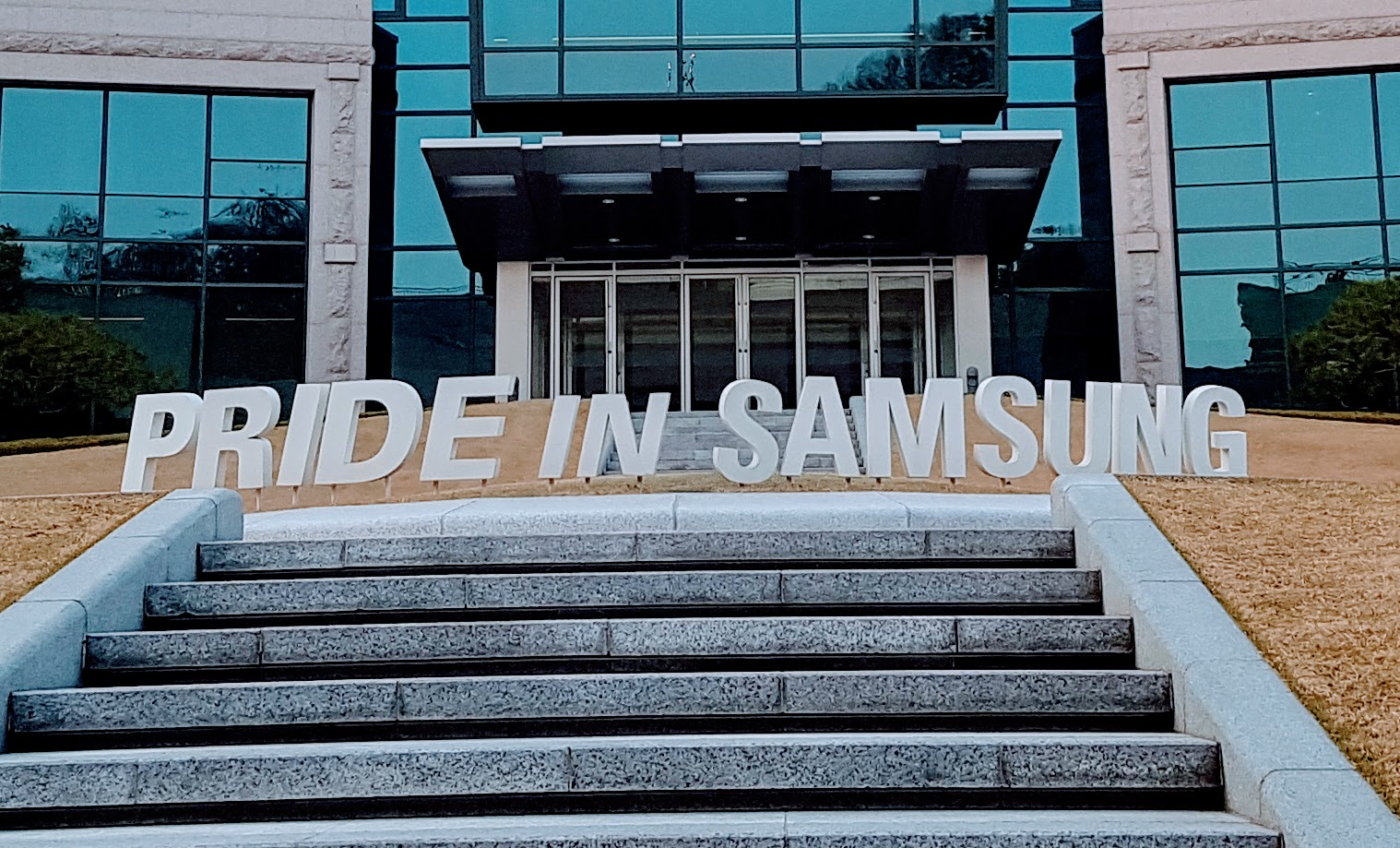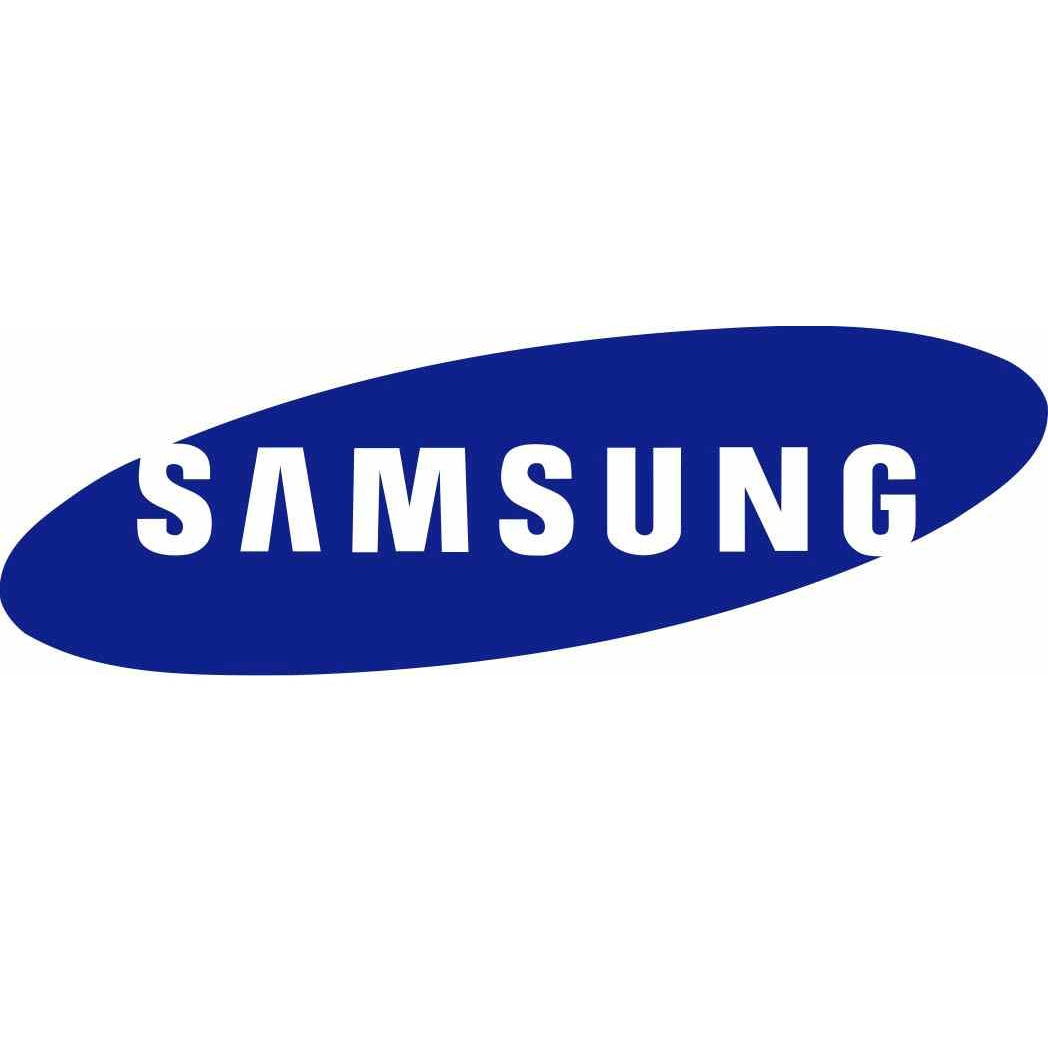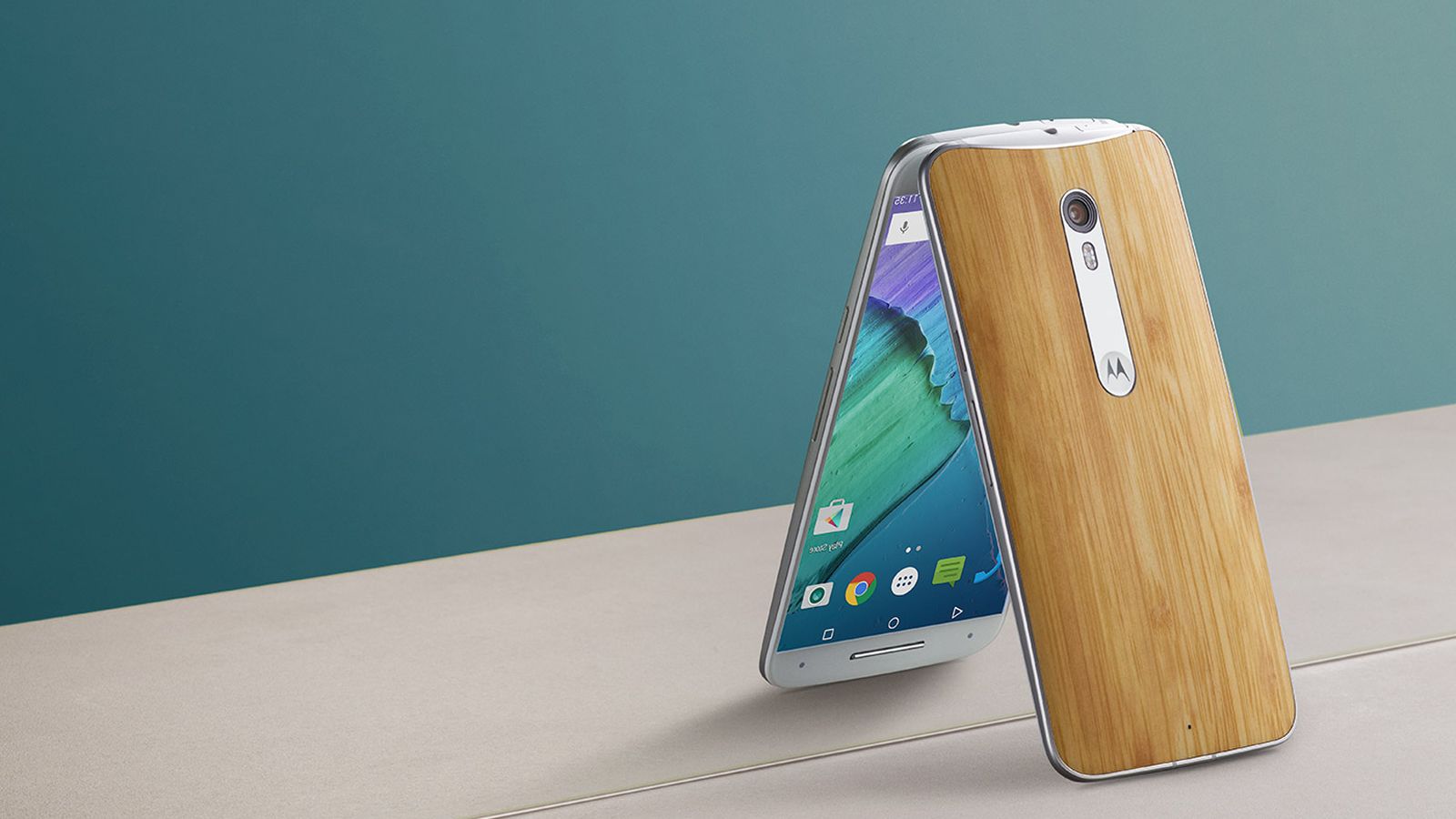I’m a few weeks into using my new Moto X Pure, and I love it. It’s beautiful (mine is white, with a bamboo back and silver highlights), it feels good in the hand, and it is neither too large (Nexus 6) nor too small (Nexus 5).
Why I got a new phone
Last spring, when my first Nexus 5 was dying from a bad battery, I jumped up to a work-issued Nexus 6. It was so huge that it wasn’t quite comfortable in my pocket, but I liked the big screen, which made reading The New Yorker more pleasant.
Even more, I liked the big memory.
Ever since the 120 GB iPod Classic went obsolete, I’ve missed it. I use Google Play Music now, so in theory I could stream everything, but I like to have my music on my phone for when my connection is limited, and I love to shuffle my way through a big music collection.
Then I left Google, returned my Nexus 6, and went back to my Nexus 5 (I’d been given a replacement with a new and better battery). It’s a fine phone, but 16 GB felt like a straitjacket. A few bands’ discographies maxed out the memory to the point that I couldn’t update apps.
Why I chose the Moto X Pure
I wasn’t sure I even needed a new phone, but I looked at a lot of them. The Sony Xperia Z3 has nice speakers and is supposed to be waterproof, but Sony’s whole mobile strategy seems confused at best. The Samsung Galaxy line is pretty but very expensive and burdened with Samsung’s TouchWiz software. And I thought about holding out for the new Nexus 6P, which I knew would be a great phone offering pure Android.
But then along came the Moto X Pure, with two killer features — beauty and memory — and very little fluff on top of the Android operating system.
First, the hard facts: The Moto X Pure, along with its on-board memory (I went for 64 GB), lets you add an SD card with up to 128 GB. That’s a lot of music. The rest of the phone’s specs are flagship-worthy, if not always quite the very top of the line (Snapdragon 808 instead of 810, but who cares?).
Second, the soft stuff: The Moto X Pure is pretty. It looks and feels premium. Every phone I’ve had for years has been some variation on matte black or matte gray — Nexi One through 6, and before that an HTC Hero. The white front and especially the bamboo back are surprisingly satisfying. It might seem like fluff, but your phone is an accessory you look at and touch all the time. It makes a difference when that accessory is elegant and appealing.
The speaker quality has also been a pleasant surprise. This is my first stereo phone, and it sounds pretty amazing for what it is.
And the Moto software is mostly pretty good. I like the camera app, the motions, the notifications, the subtle tools that change how the phone behaves at certain times or under certain conditions. It’s never invasive and often smart.
We’ll see how it holds up over time and as I travel, but so far, I’ve loved the Moto X Pure experience.



